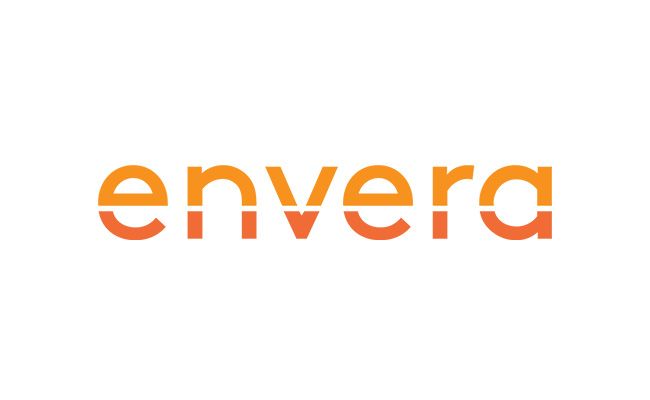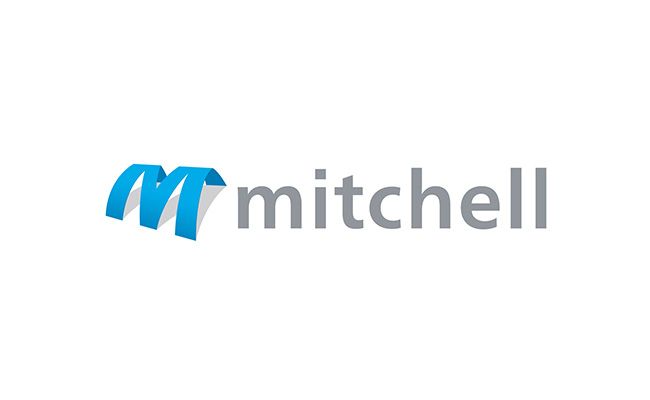CXOne Personal Connection
- Introduction
- What Are Supervisor Assist Tools?
- Why Contact Centers Need Supervisor Assist Tools
- Key Technical Components
- Challenges and Mitigation Strategies
- Impact by Role
- KPIs to Track
- Security & Privacy Best Practices
- Deployment Recommendations
- Supervisor Assist vs Traditional Monitoring
- Final Thoughts
Introduction
Contact center supervisors have one of the most challenging roles in CX operations. They’re expected to oversee live calls, ensure agent compliance, manage performance metrics, and step in when customer escalations arise—often across distributed teams, digital channels, and fluctuating workloads.Traditional tools like silent monitoring and manual QA reviews offer limited visibility and slow response. That’s why modern contact centers are shifting to Supervisor Assist Tools: a category of AI-enhanced solutions that provide real-time insights, alerts, and coaching capabilities at scale.This guide explores how Supervisor Assist tools work, how they integrate into contact center environments, and how they drive measurable performance improvements.What Are Supervisor Assist Tools?
Supervisor Assist tools are real-time, AI-powered technologies that monitor customer-agent interactions, surface performance insights, and enable supervisors to intervene with precision. They transform static dashboards into proactive coaching systems.Core Capabilities Include:
- Live call and chat monitoring with transcription
- Automated alerts for escalation risk, compliance violations, or sentiment shifts
- Whisper coaching and call barge-in capabilities
- Real-time KPIs and performance indicators at the queue, team, or individual level
- AI recommendations for intervention or follow-up
Why Contact Centers Need Supervisor Assist Tools
1. Real-Time Visibility Into Active Interactions
Supervisors can monitor hundreds of interactions simultaneously with live transcription and sentiment analysis. Instead of listening to random calls, they can zero in on high-risk conversations or underperforming agents.Example: A supervisor receives a real-time alert when an agent struggles with a refund request, allowing immediate intervention.2. Faster, Data-Driven Coaching
With real-time metrics such as talk ratio, silence time, empathy scores, and keyword adherence, supervisors can coach agents during or immediately after the call—while context is fresh.Example: If an agent speaks over the customer or fails to use required compliance phrasing, the system flags it instantly, and the supervisor can coach on the spot.3. Compliance & Escalation Management
When predefined triggers are detected—such as profanity, threat language, or PII disclosure—Supervisor Assist tools can alert the right person or initiate automated workflows to escalate or pause the call.Example: In a healthcare contact center, a HIPAA-related term like “diagnosis” is flagged, and the supervisor is notified with the full transcript and call status.4. Workforce Optimization
Real-time visibility allows supervisors to reallocate resources dynamically. If one queue is overwhelmed or a team is trending below SLA, the supervisor can redirect idle agents instantly.Example: A retail contact center identifies increased volume in the returns queue and reassigns agents from billing support based on live performance dashboards.Key Technical Components
1. Real-Time Data Ingestion Layer
Pulls data from telephony, chat, and CRM systems in near real time. Can include:- Live voice transcriptions
- Chat transcripts Agent desktop activity
- CRM ticket updates
- QA annotations
2. NLP & ML Engine for Insight Extraction
Supervisor Assist tools rely on Natural Language Processing (NLP) and Machine Learning (ML) models to extract actionable insights.Common Models Used:
- Sentiment Analysis for tone shifts
- Keyword/Intent Matching for adherence
- Escalation Risk Models trained on past tickets
- Silence Detection for identifying disengagement
- Empathy Scoring using pretrained LLMs or custom models
3. Real-Time Alert & Automation System
Supervisors receive configurable alerts via:- Desktop notifications
- SMS or mobile apps
- Agent dashboard widgets
- Incident queues within QA or workforce systems
4. Supervisor Dashboard Interface
Consolidates data in a customizable, multi-tab UI. Dashboards may include:- Real-time call list with filters by risk, sentiment, or priority
- Live transcription panel with agent/customer diarization
- Performance charts with drill-downs by team, queue, or shift
- Action history (e.g., who intervened, what action was taken)
Challenges and Mitigation Strategies
Impact by Role
For Supervisors
- Monitor and manage live interactions with real-time insights
- Intervene effectively to prevent escalations or SLA breaches
- Coach agents proactively using contextual, real-time data
For QA & Compliance Teams
- Reduce time spent on random sampling
- Focus on flagged interactions and risk indicators
- Drive QA scoring consistency with automated tagging
For Operations Leaders
- Track agent and team KPIs in real time
- Balance workloads across queues
- Prove ROI through data-driven coaching improvements
For Agents
- Receive in-the-moment support without disruption
- Improve performance with immediate, relevant feedback
- Gain clarity on expectations with transparency around performance metrics
KPIs to Track
Security & Privacy Best Practices
- Role-Based Access Control (RBAC): Limit which users can see sensitive transcript or screen data
- Encryption Standards: TLS 1.3 in transit, AES-256 at rest
- Data Redaction: Mask PII and PHI in all views and logs
- Access Logging: Track all actions taken on live interactions
- Compliance Alignment: Configurable to support PCI, HIPAA, GDPR, and other regulatory standards





